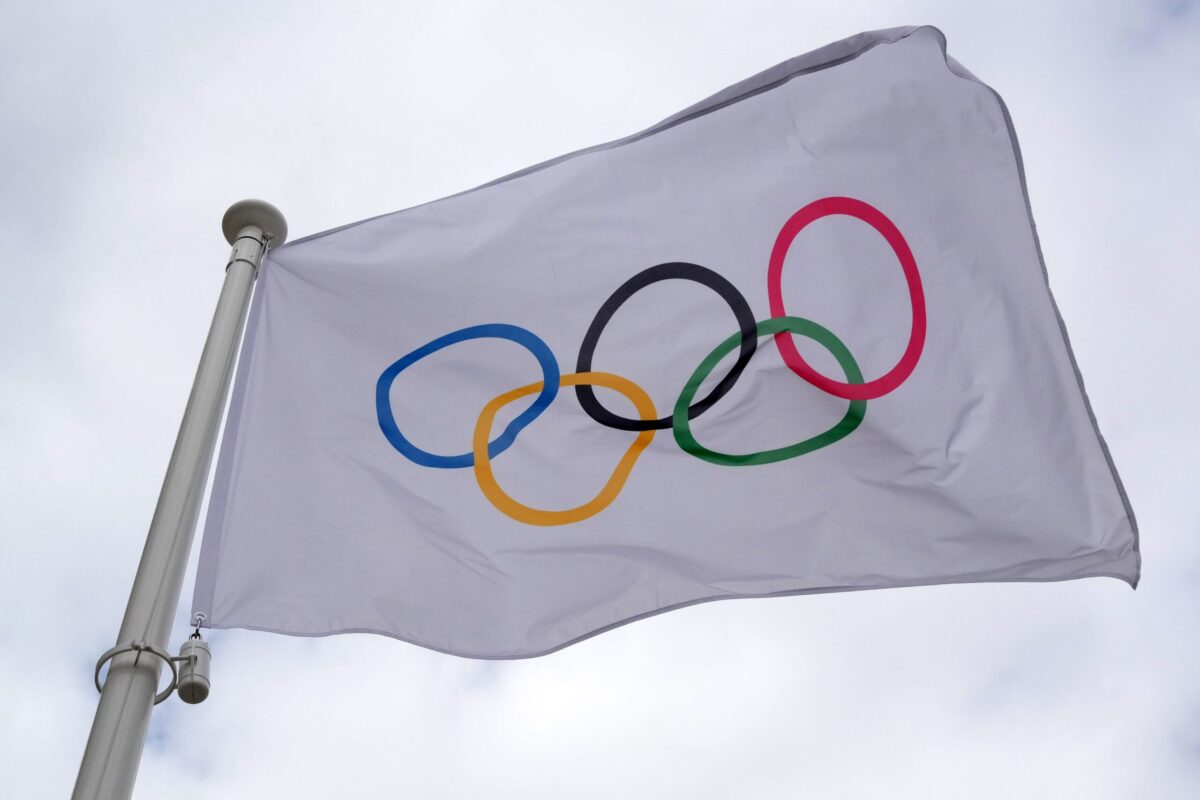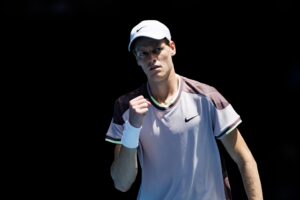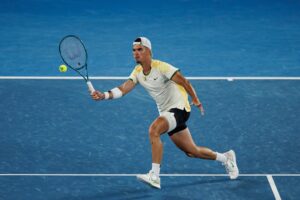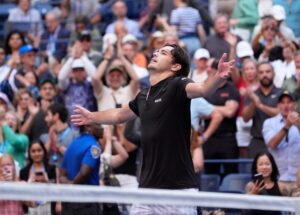After the sheer spectacle and joy of the tennis at Paris 2024, there can surely be no further debate about the appropriateness (or otherwise) of tennis being an Olympic sport. Quite apart from the fact that there can be no truly global celebration of sport without tennis, the greatest individual sport of all, staging the Olympic tennis at Roland-Garros, one of the four finest arenas in tennis, has been magical.
Those tennis players who chose not to go have definitely missed out. For everyone else, players and spectators alike, the tennis at Paris 2024 has mostly been wondrous. And in particular, it has been a reminder of the glory of doubles.
For Once, Doubles Has Meant More Than Singles
For once, doubles has meant more than singles. The two greatest tennis narratives at Paris 2024 have involved two men’s doubles pairings, with each one featuring a retiring titan of the sport. First, there was “Nadalcaraz”, the linguistically perfect pairing of Rafael Nadal and Carlos Alcaraz. Secondly, there was “A & E”, the more prosaic acronym for Andy Murray and Dan Evans, which in Britain at least is also the acronym for the “Accident and Emergency” department in a hospital.
Ultimately, neither pairing troubled the medal podium, as they were both knocked out in the quarter-finals and both by rather less starry American pairings. Nadal and Alcaraz lost to Rajeev Ram and Austin Krajicek (the American son of the 1996 Dutch Wimbledon champion, Richard Krajicek), while Murray and Evans were beaten by Taylor Fritz and Tommy Paul. Nevertheless, in the few matches – four in total – that they played at the Olympics, “Nadalcaraz” and “A & E” showed most 21st-century tennis fans that the best doubles matches could be just as compelling, if not more so than the best singles matches.
Most 20th-century tennis fans would never have doubted that because for most of the 20th century, even the greatest singles players, male and female, also played doubles. For example, Rod Laver, who is universally regarded as the greatest male tennis player before the Open Era, not only achieved a career slam in singles but came close to matching that achievement in doubles, winning every Major doubles title except the US Open.
Of course, that situation largely changed with the advent of full professionalism from 1968 onwards and the increasing demands, both on and off the court, that were made of the top singles players. Consequently, the last great singles players to regularly play both singles and doubles were probably John McEnroe and Martina Navratilova, who both won both the singles and doubles titles at Wimbledon multiple times and often in the same year. The Williams sisters, Serena and Venus, initially formed a hugely impressive doubles pairing, but even their interest in the doubles format seemed to wane over the years.
Consequently, the Olympic tennis at Paris 2024 has been something of a throwback to the golden age of doubles, when the very greatest singles players, such as Laver, McEnroe, and Navratilova, also played doubles regularly and usually at an incredibly high level. Neither Nadal nor Murray quite reached those giddy heights in Paris, but at least they were playing doubles, and that alone has renewed interest, if only temporarily, in the four-person format of tennis.
Doubles Now Is Mainly A Retirement Home For The Top Singles Players
Of course the interest in “Nadalcaraz” and “A & E” was principally because they were playing either definitely their last ever tournament (in the case of Murray) or almost certainly their last event at Roland-Garros (in the case of Nadal). Ironically, that also proved that the top singles players are now most likely to play doubles at the end of their careers when they are no longer able to play singles to their previous high levels.
Andy Murray has been so physically reduced by the seven years of injuries he has sustained since he became World No.1 in 2016 (in the process becoming the only man to do so in the era of The Big Three other than The Big Three themselves) that he was unable to play singles either at Wimbledon last month or at the Olympics this week. And given the overall paucity of Nadal’s performance in the second round of the singles against Novak Djokovic (before a late rally, he was very nearly completely thrashed by his old rival), the great Spaniard must have wondered whether he would have been better off focusing exclusively on the doubles in Paris.
Murray’s last ever tennis match will be a doubles match, and it is possible that the same will be true of Nadal. If he does not follow Murray into retirement immediately after the Olympics, it is strongly rumored that he will do so in September, after playing doubles at the Laver Cup tournament, just as his greatest rival Roger Federer did two years ago.
In one sense, it is sad that these three great players, two of whom are among the three greatest male tennis players ever, will all probably bow out of the sport playing doubles rather than singles. On the other hand, there is also something wonderful about it, in that doubles is the form of tennis that most tennis players play, and at the very end of their careers, even these truly great players had to play alongside someone else just to try and maintain a degree of competitiveness.
The Future of Doubles After The Olympics
In future years, it is entirely likely that a top sports trivia question will be: who won the Men’s doubles at the Paris Olympics in 2024? Everyone, even casual tennis fans, will remember that Nadal and Murray played in the men’s doubles. Still, it is much less likely that anyone, even the most obsessive tennis fan, will remember who ultimately triumphed in the Men’s doubles in the French capital.
That is probably a portent of the future of doubles after the Olympics, in that most tennis fans’ attention will inevitably switch back to singles, especially in the run-up to the last Major of the year, the US Open.
Nevertheless, doubles will continue to play a small but crucial role in the world of tennis. For one thing, it is almost certain that the format of choice for most amateur tennis players will remain the same, especially amid the rise of padel and pickleball. For another, doubles matches will continue to be absolutely pivotal in the biggest national team events in the sport, namely the Olympics, the Davis Cup, and, if it ever comes to pass, a true Tennis World Cup.
Consequently, although they could not quite win a doubles medal at the Olympics, Nadal and Murray have at least reminded everyone of the glory of doubles. At its very best—that is when it is played by the best players in the best and most pressurized environments, such as the Olympics—it is an absolutely fantastic form of tennis. And even if it can never regain the central position in tennis that it enjoyed in the past, it still has a vital role to play.
Main Photo Credit: Kirby Lee – USA TODAY Sports






